Disclaimer: I've been fighting against this problem since 2 days (I've read a lot of similar questions on SO).. so be patient, I'm missing something about the Group By with Linq and asking for help.
The Class Structure
Populating the sample data
I have a list of Macrotab. Each Macrotab object contains a list of Tab.
Each Tab object inside with Slot inside.
List<MacroTab> hierarchaldata = CreateHierarchaldata();
*For keeping the question easy to read I've moved the CreateHierarchaldata, which populates a set of sample data, to .NetFiddle: https://dotnetfiddle.net/8mF1qI
Flattening
The following lines flattens this structure using Linq:
var flattenedList = (from macroTab in hierarchaldata
from tab in macroTab.Tabs
from slot in tab.Slots
select new {macroTab.IDMacroTab, tab.IDTab, slot.IDSlot}).ToList();
Aggregate the data back to hierarchy
I've tried to get back to the original list using the the Linq Group By. This was my objective: to Aggregate the data for the Id of the MacroTab, Tabs and Slots and recreate the original list, but it doesn't work as expected**:
var antiflatten = from macrotab in flattenedList
group macrotab by new {macrotab.IDMacroTab}
into macrotabs
let macrotabFirst = macrotabs.First()
select new MacroTab
{
IDMacroTab = macrotabFirst.IDMacroTab,
Tabs = (from macrotab in macrotabs
group macrotabs by new {macrotab.IDTab}
into tabs
let tabFirst = tabs.First()
select new Tab(){ HelperClass = tabFirst}).ToList()
};
**The property HelperClass is just for debugging purpose, I hope it's not confusing, I've left it to explain the Visual Studio debugger's screenshot


